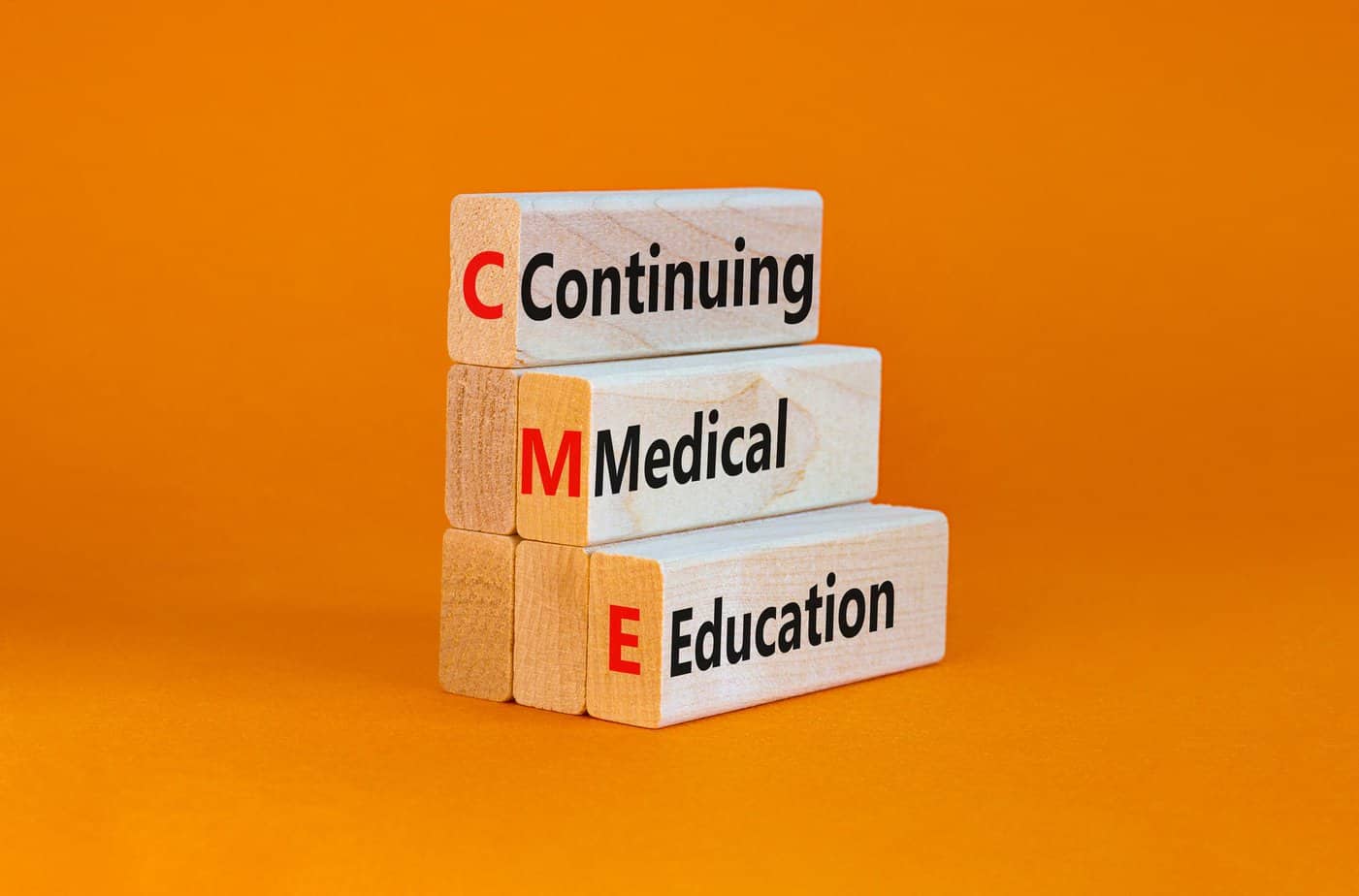16 Feb Elevate Your Skills: Unlock the Benefits of Hands-On CME Training.
The Benefits of Hands-On CME Training
Boost Your Medical Skills with Hands-On CME Training: Unlocking the Path to Professional Excellence!
Continuing medical education (CME) is an important aspect of a healthcare professional’s ongoing learning and development. While traditional CME programs have largely been focused on lecture-based learning, hands-on training is becoming increasingly popular as a way to enhance the learning experience and improve the retention of information. In this article, we will discuss the benefits of hands-on CME training and how it can help healthcare professionals stay current and improve patient care.
Improved Retention of Information
One of the main benefits of hands-on CME training is that it improves the retention of information. When healthcare professionals are actively engaged in the learning process, they are more likely to remember the information and apply it in their practice. This is because hands-on training allows professionals to apply the information they are learning in a practical setting, which helps to reinforce the material and make it more meaningful
Increased Confidence
Hands-on CME training also helps to increase the confidence of healthcare professionals. When professionals are able to practice new skills and techniques in a safe, controlled environment, they are more likely to feel confident and comfortable using these skills in their practice. This can be especially beneficial for newer healthcare professionals who may be less experienced or less familiar with certain procedures.
Enhanced Problem-Solving Skills
Hands-on CME training can also help to enhance the problem-solving skills of healthcare professionals. By actively engaging in the learning process and working through real-life scenarios, professionals are able to apply their knowledge and skills in a practical setting. This helps to improve their ability to think critically and make decisions, which can be beneficial when caring for patients.
Networking Opportunities
Another benefit of hands-on CME training is the opportunity to network with other healthcare professionals. Through hands-on training, professionals can share their experiences and learn from one another. This can be especially fruitful for professionals working in rural or underserved areas, who may not have access to the same resources or support as those in more urban areas.
Conclusion

In conclusion, hands-on CME training can offer a variety of benefits for healthcare professionals. By improving the retention of information, increasing confidence, enhancing problem-solving skills, and providing networking opportunities, hands-on CME training can help professionals stay current and provide better care for their patients.
It is important for healthcare professionals to continue their education and development, and hands-on CME training can be an effective way to do so. With the increasing popularity of CME training through hands-on applications, it is worth considering as an option for your next CME activity. You can find more information on available hands-on training opportunities on the American Medical Association website. For even more specialized training, you can consider R3 Medical Training which offers immersive, CME-accredited hands-on training courses. They offer providers skills that are immediately useful in practice.
FAQ
Continuing Medical Education (CME) instruction refers to educational activities that are designed to help healthcare professionals maintain and improve their skills and knowledge. These activities can include a wide range of formats, such as lectures, workshops, conferences, and online courses. The goal of CME instruction is to help healthcare professionals stay current with the latest medical research and best practices, which can ultimately lead to improved patient care. CME instruction is often required for healthcare professionals to maintain their licensure and certification. It is also intended to enhance the quality of care by promoting life-long learning and self-evaluation for physicians and other healthcare providers.
There are several ways to improve your Continuing Medical Education (CME) activities:
- Tailor your CME activities to your specific needs and interests: Choose activities that align with your areas of practice and focus on topics that you find particularly relevant or challenging.
- Seek out interactive and hands-on training opportunities: Participating in CME activities that involve case-based discussions, workshops, or simulations can help you apply the information you learn in a practical setting and improve your retention of the material.
- Take advantage of online resources: Many CME providers offer online courses, webinars, and podcasts that can be completed at your own pace and on your own schedule.
- Collaborate with colleagues: Sharing information and discussing CME activities with your colleagues can help you gain new perspectives and insights, and also provide opportunities for peer review and self-evaluation.
- Track and evaluate your progress: Keeping a record of the CME activities you participate in, the knowledge and skills you acquire, and the ways in which you apply that knowledge and skills can help you identify areas for improvement and measure the effectiveness of your CME activities.
- Consider Accreditation: Look for CME providers that have been accredited by recognized accreditation bodies like ACCME, AMA, AAFP, etc. These providers have met certain standards and have demonstrated their commitment to providing quality education.
- Look for new opportunities: Keep an eye out for emerging trends and new technologies in the healthcare field, and seek out CME activities that can help you stay current with these developments.
By following these tips, you can take an active role in your continuing education and ensure that the CME activities you participate in are relevant, engaging, and effective in helping you improve your practice.
